Without further ado, let’s get into this!
Condition is - All animals (rabbits and cavies) are to look healthy, vigorous and energetic. They should have bright, bold eyes. All animals should have a good coat, firmly set in the pelt (fur/meat). They should be firm in flesh covering, not too fat (flabby, soft flesh), and not too thin in flesh (bony). Flesh should be deep and even (the same) over the entire body.
Condition faults are, for all breeds - molting, hutch stains, overly fat or flabby, thin or bony. Appearance of dirtiness or looking unkempt (such as messy or straggly fur).
Why is my rabbit out of condition?
The rabbit could be out of condition because it’s just that time of year – all rabbits molt about 2-4 times every year.
The rabbit could be out of condition because of age. The older a rabbit gets, the harder it is for the rabbit to clean itself or for its body to produce the same oils for a sleek shiny coat. My house rabbit turned 5 this year and up until this year she had excellent condition. I can tell she is losing condition now, and I regularly give her BOSS because she is thinner than she used to be even though she eats the same amount.
The rabbit could lose its condition because it is unhealthy or there is an underlying problem.
Your rabbit could be losing condition because of the weather. Rabbits frequently lose condition in the wintertime, when the body is so focused on keeping the rabbit warm that it might sacrifice the beauty of the fur to pack on a little much-needed fat. In the summer, rabbits can gain weight easily.
Does lose condition typically while pregnant or after nursing, so it usually takes about 2 weeks after weaning for a doe to get her condition back.
What does "conditioning" mean?
When people say they are “conditioning” their rabbits, it means they are doing something to help their rabbits stay in condition or get their condition back quickly. Below, you can see ways to condition your rabbits to keep them looking their best for a show.
What can I do or give to help my rabbit keep its condition or get its condition back for a show?
-Exercise can help a ton for rabbits that are molting. If you let the rabbit run around the yard daily during a molt, the molt could go by twice as fast.
-BOSS (black oil sunflower seeds), helps rabbits (does that are nursing or weaned juniors especially), get condition if they have lost it. BOSS also helps a rabbit keep its condition. The natural oils in the sunflower seeds keep the coat shiny and smooth.
If your rabbit is overweight, or it's summertime, don't use BOSS very often. It's great for the wintertime because they are very fatty and it keeps the rabbit from getting thin, but they can be too fatty for the hot summer weather, when rabbits are prone to gaining weight.
-Oats can help a rabbit gain weight if they are thin or bony. Oats also help prevent runny or sticky poo in rabbits that are stressed or eating a new food.
-No matter what time of year it is, and whether the rabbit is molting, you can help your rabbit keep or gain condition back by grooming it regularly. Combing and brushing your rabbit weekly or every other week stimulates the natural oils in the fur, and promotes healthy, clean, shiny fur.
-Condition can also be genetic. Some rabbits just have bad condition all year round, and this could be something genetic that you can't control. Rabbits that have naturally good condition, gain condition back quickly after having a litter, and keep nice condition will most likely pass this trait onto its offspring.
-Another factor of poor condition can be the feed. If nothing you have tried above is helping a poorly conditioned rabbit, try switching feeds. Remember that you will have to be on one single feed for a few months to see any changed results with it.
What does condition look like on our rabbits?
I think out of everything in the SOP, condition is the hardest to understand and see in our own rabbits. What is condition supposed to look like? What should it not look like?
"Scruff" the rabbit (don't lift it; just gently grab the skin and fur) to check again for fleshing. The fur shouldn't be too thin and the rabbit should scruff easily. If there is too much excess fur and skin, the rabbit is flabby and overweight. If there is not enough and you aren't able to scruff the rabbit, the rabbit is underweight.
I hope you guys learned a little something new in this post! Let me know if you have any questions by commenting below, and I'll see you next time :)
-Holly
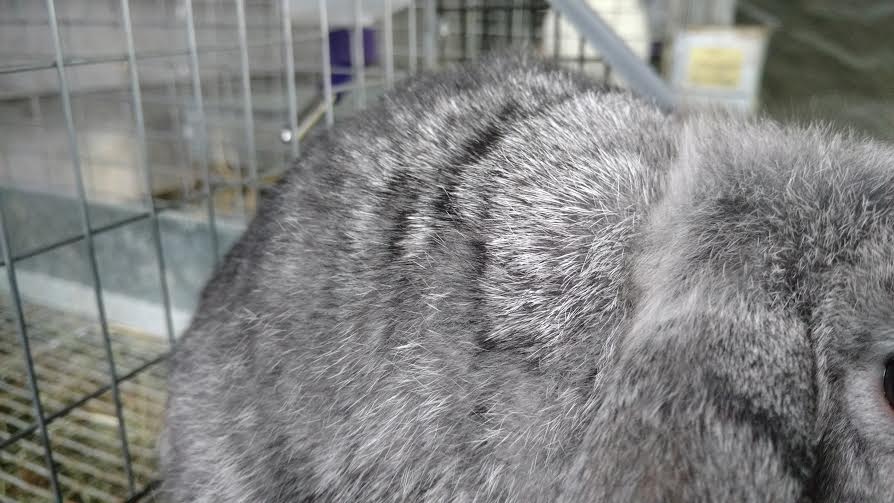
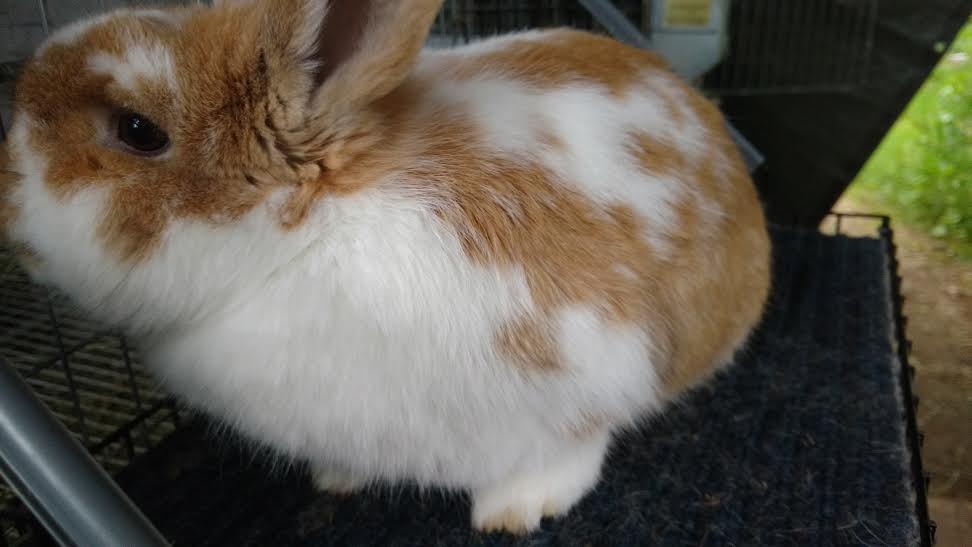
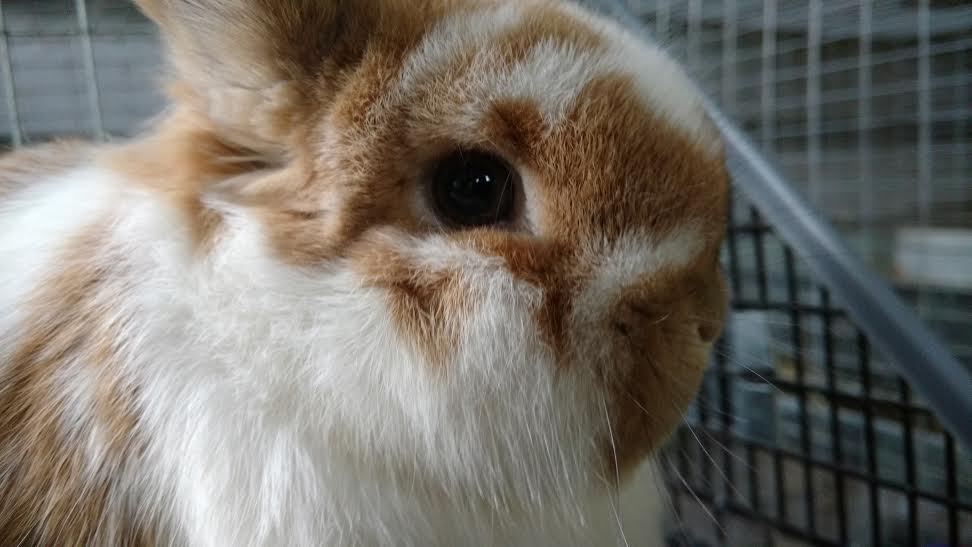
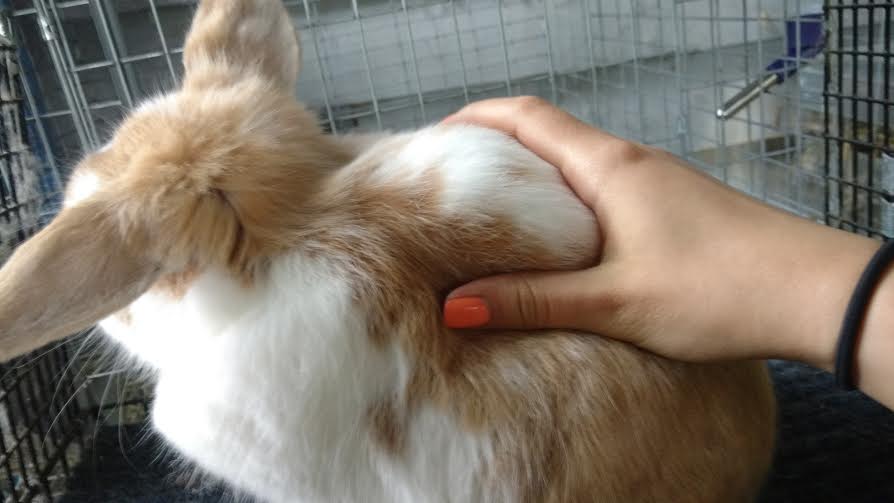
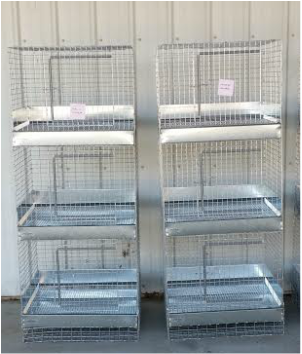
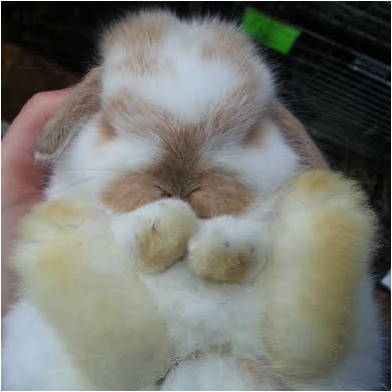
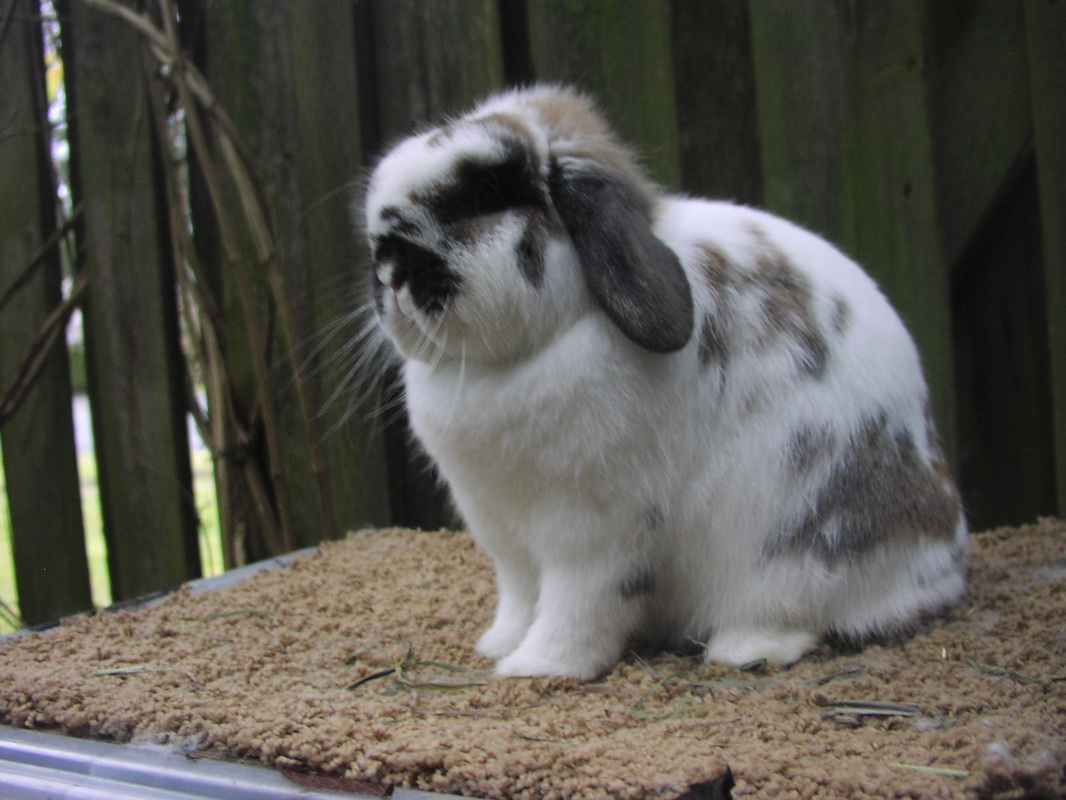
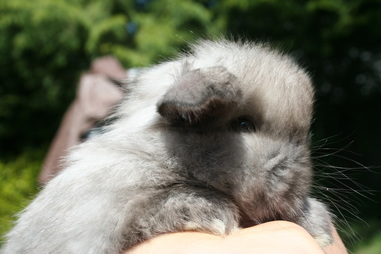
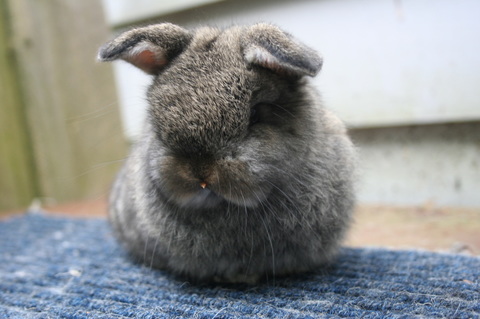
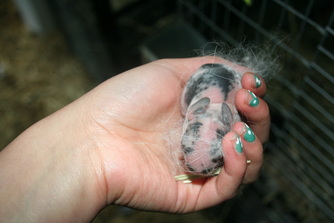
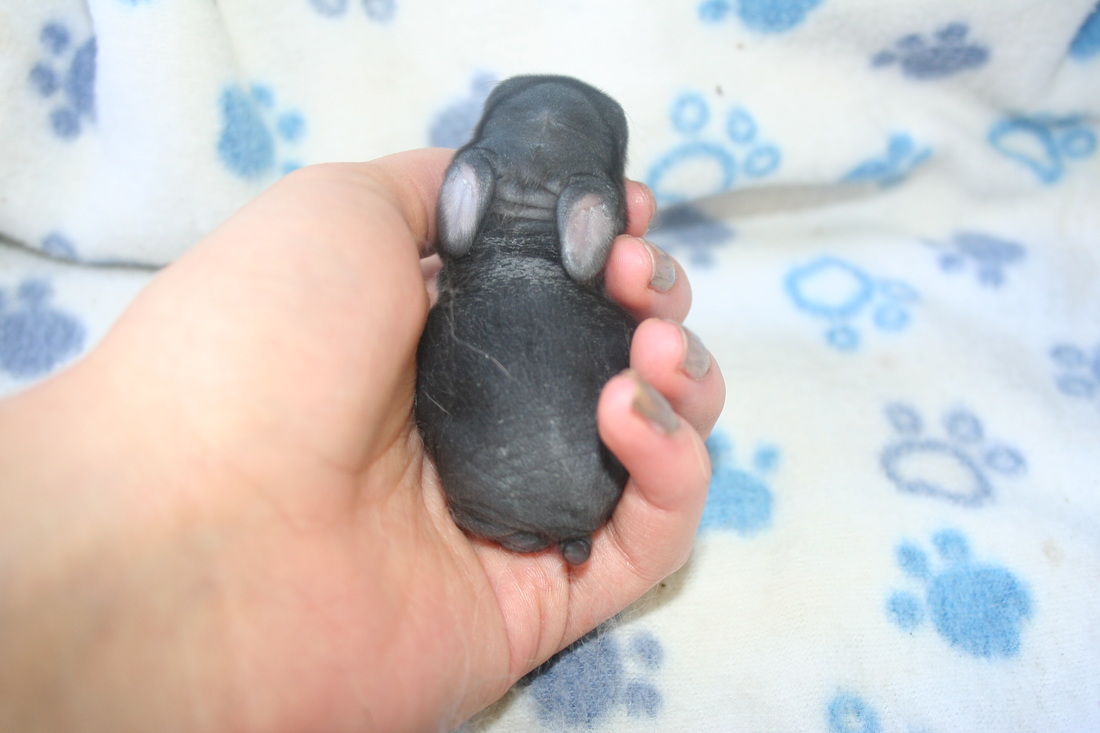
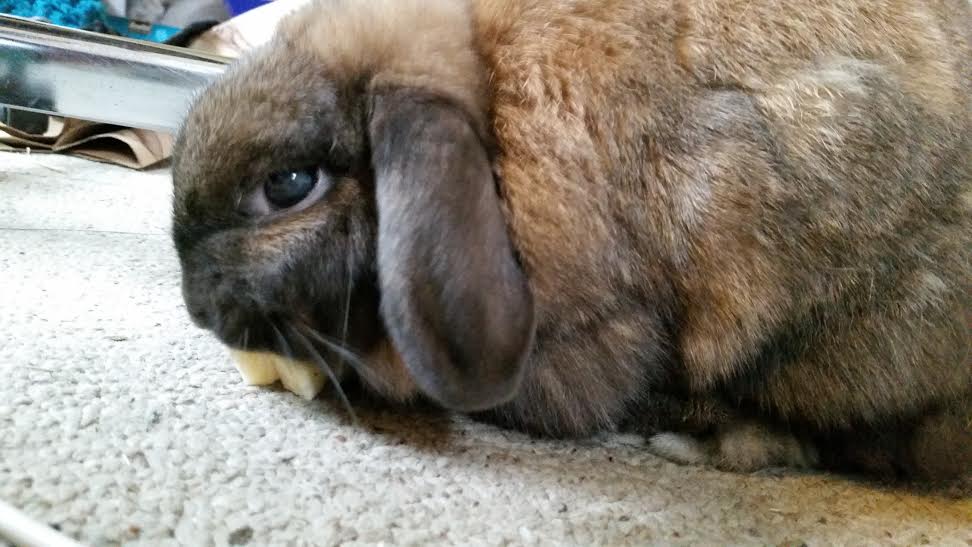
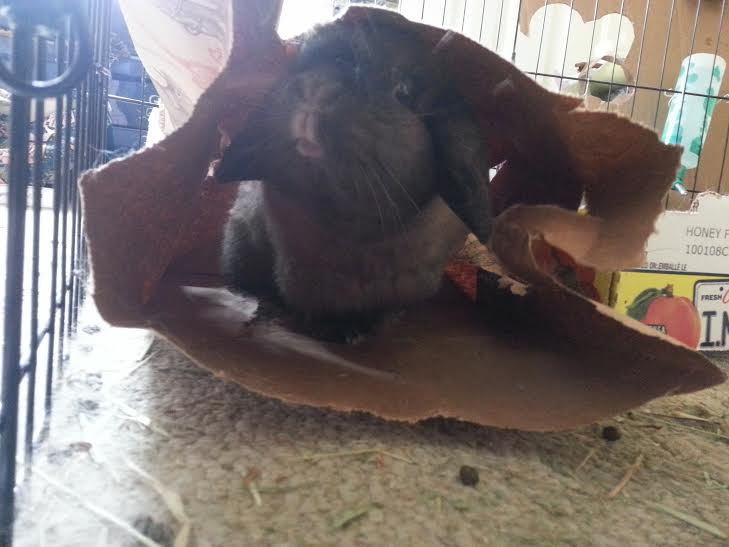
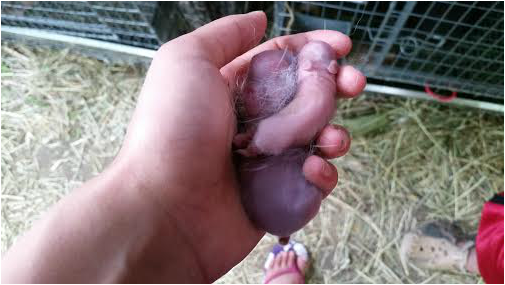
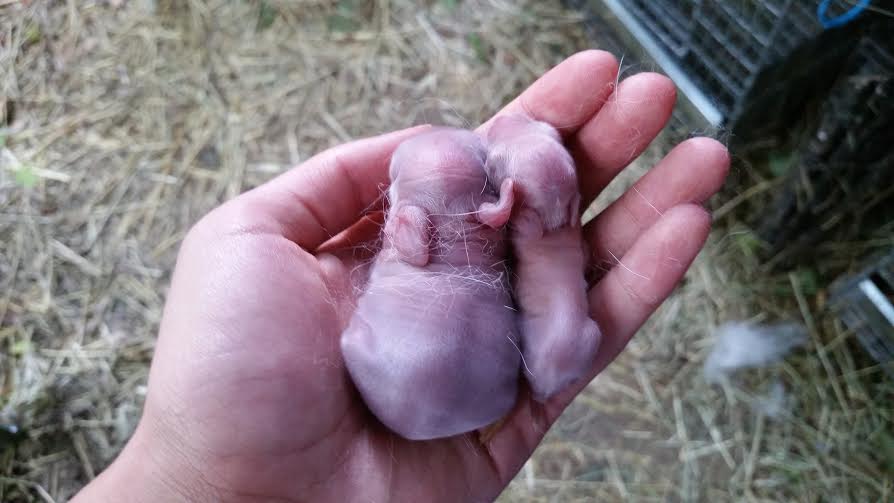
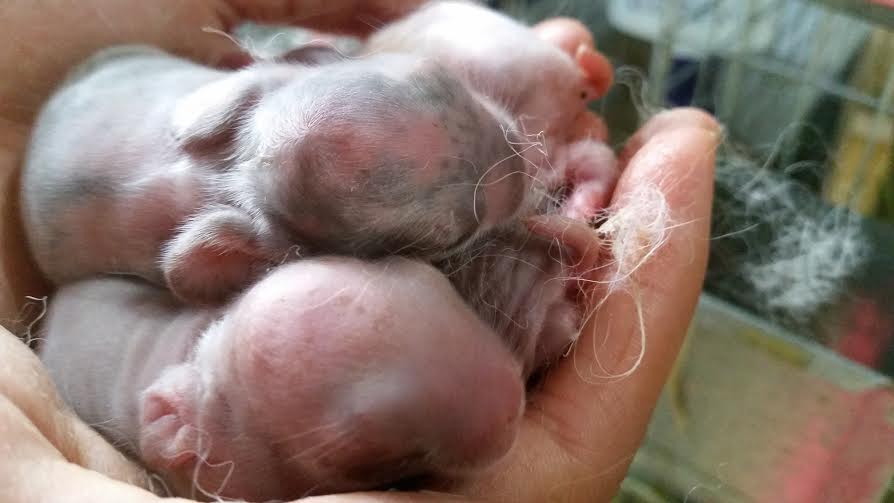
 RSS Feed
RSS Feed
